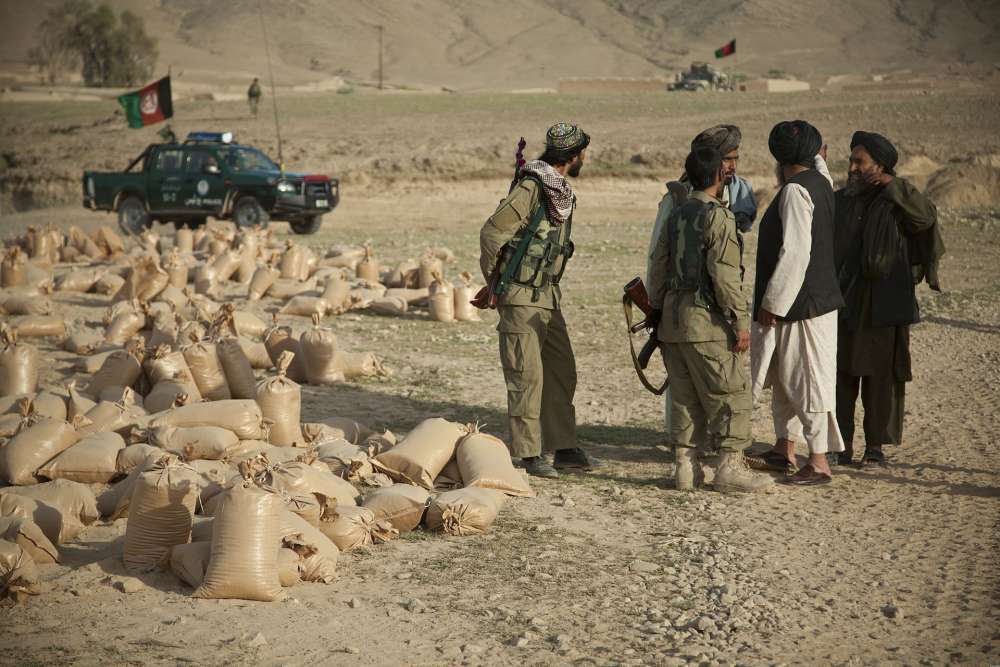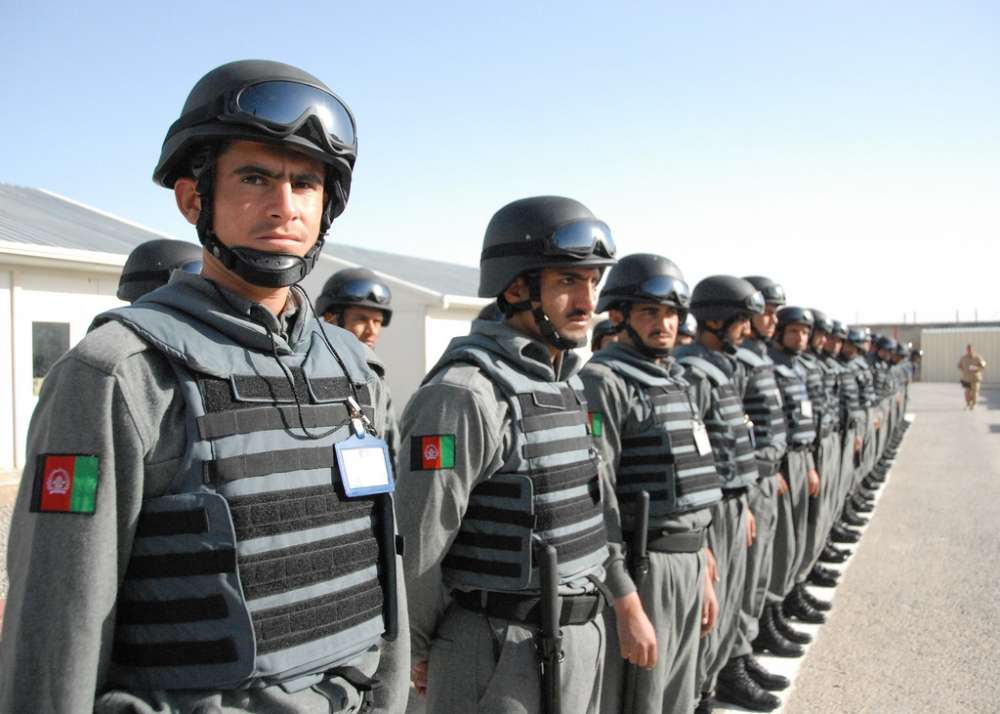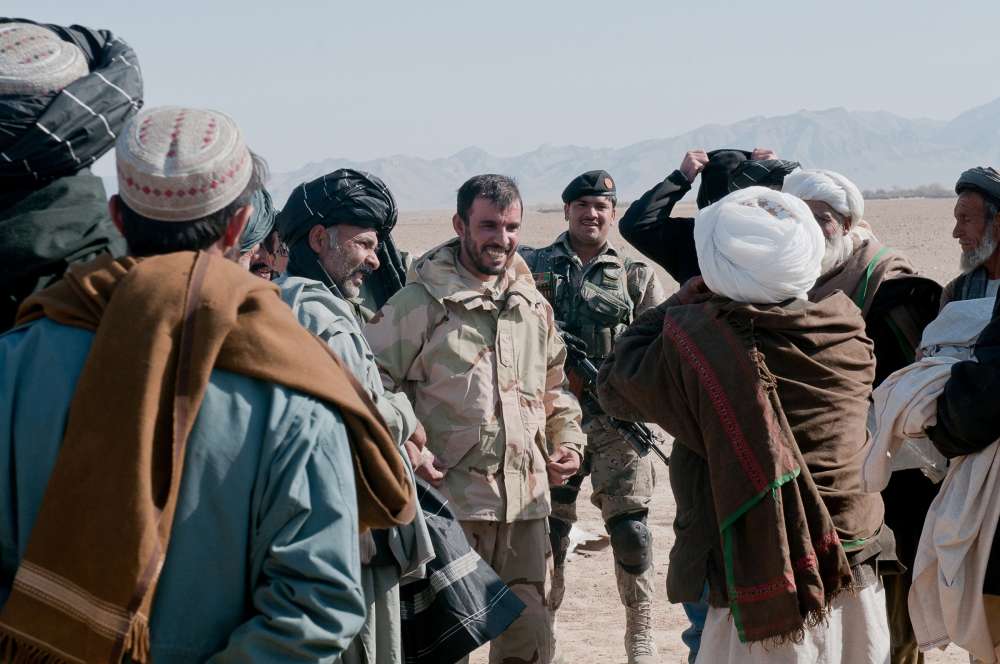Legal Pluralism and Militia Regulation in Afghanistan
International, Domestic, and Community Accountability Frameworks for Sub-State Forces in Afghanistan

This article examines how international, domestic and community accountability and regulatory regimes apply to one of the most difficult areas to regulate – the conduct of local armed groups and militias. In Afghanistan, experiments with legal pluralism and the strong international presence have led to a layered accountability approach, with efforts to apply Afghan state, community-based, and international or foreign-law based accountability mechanisms to the largest and most long-standing community defense force model, the Afghan Local Police (ALP). There have been greater attempts to apply all three frameworks to the ALP not only because of its size and longevity (it has been active since 2010 in 34 provinces), but also because it has been a lightning rod for criticism, with allegations of abuse continually prompting efforts to develop accountability measures and prevent future abuses. All three mechanisms have struggled to address these allegations, in part due to lack of political will and poor application of legal controls, but also in part due to some of the structural and practical difficulties of attempting to extend legal accountability to armed actors with grater sway (by virtue of their local power and control of force) than that of the the rule of law.
The research supporting this paper was conducted as part of a larger project on militias and sub-state forces in Afghanistan and Iraq, supported by the Netherlands Research Organisation.
…
Download the working paper. The final paper will be published in the Journal of Afghan Legal Studies 2 (1396 /2017 – in production).







